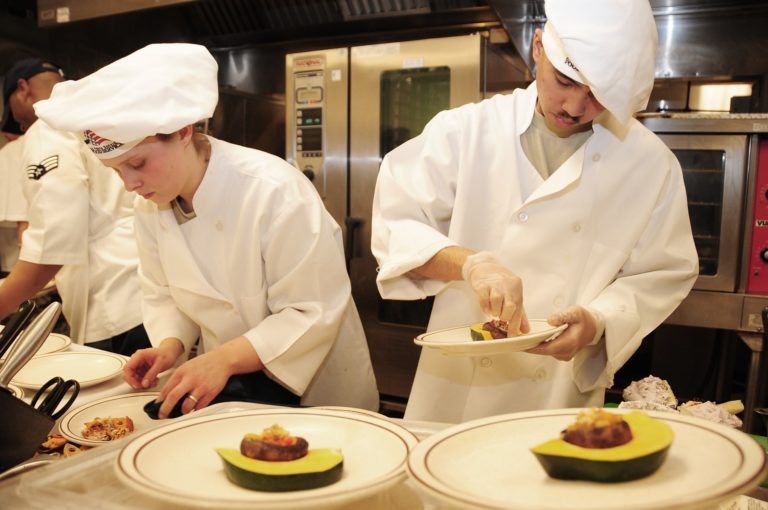
Fun fact here—restaurant critics will often tour the kitchen to get a better feeling of what’s going on. It’s a lot like Kitchen Nightmares, really. As someone who’s done a tour of multiple kitchens, I can tell you that the kitchen’s cleanliness often makes or breaks my interest in a venue.
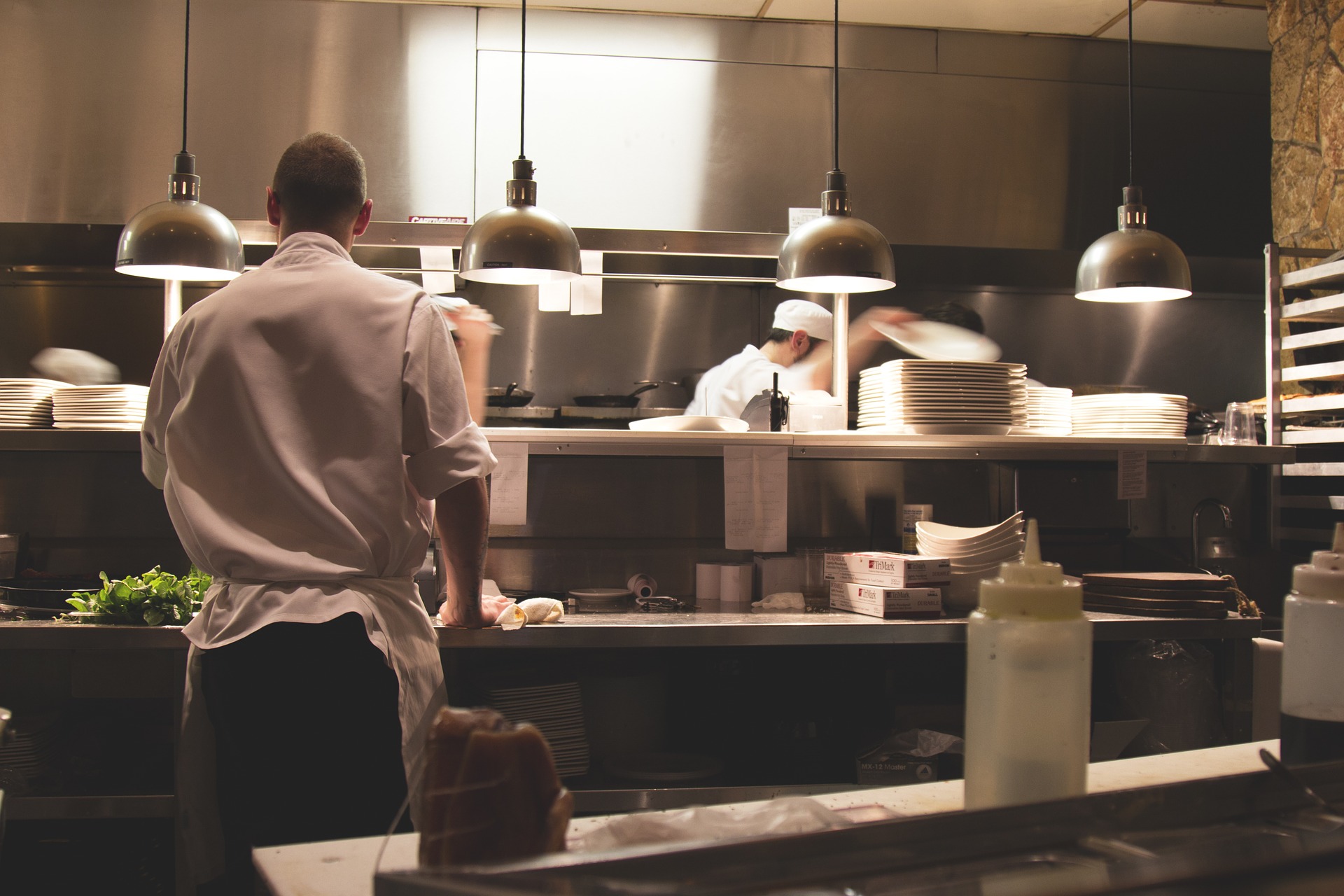
You might not be able to tour a kitchen all the time, but it’s still something that’s worth writing about. In this arc, I’m telling everyone about the do’s and don’t of kitchen life. Here’s my critic-approved list of what to watch out for when you’re in (or near) a kitchen…
Cleanliness
I once “accidentally” dropped in a kitchen of a venue I was rating, and immediately left after seeing a kitchen covered in stains. I had every right to, too. Kitchens that aren’t clean come with a litany of problems associated with them.
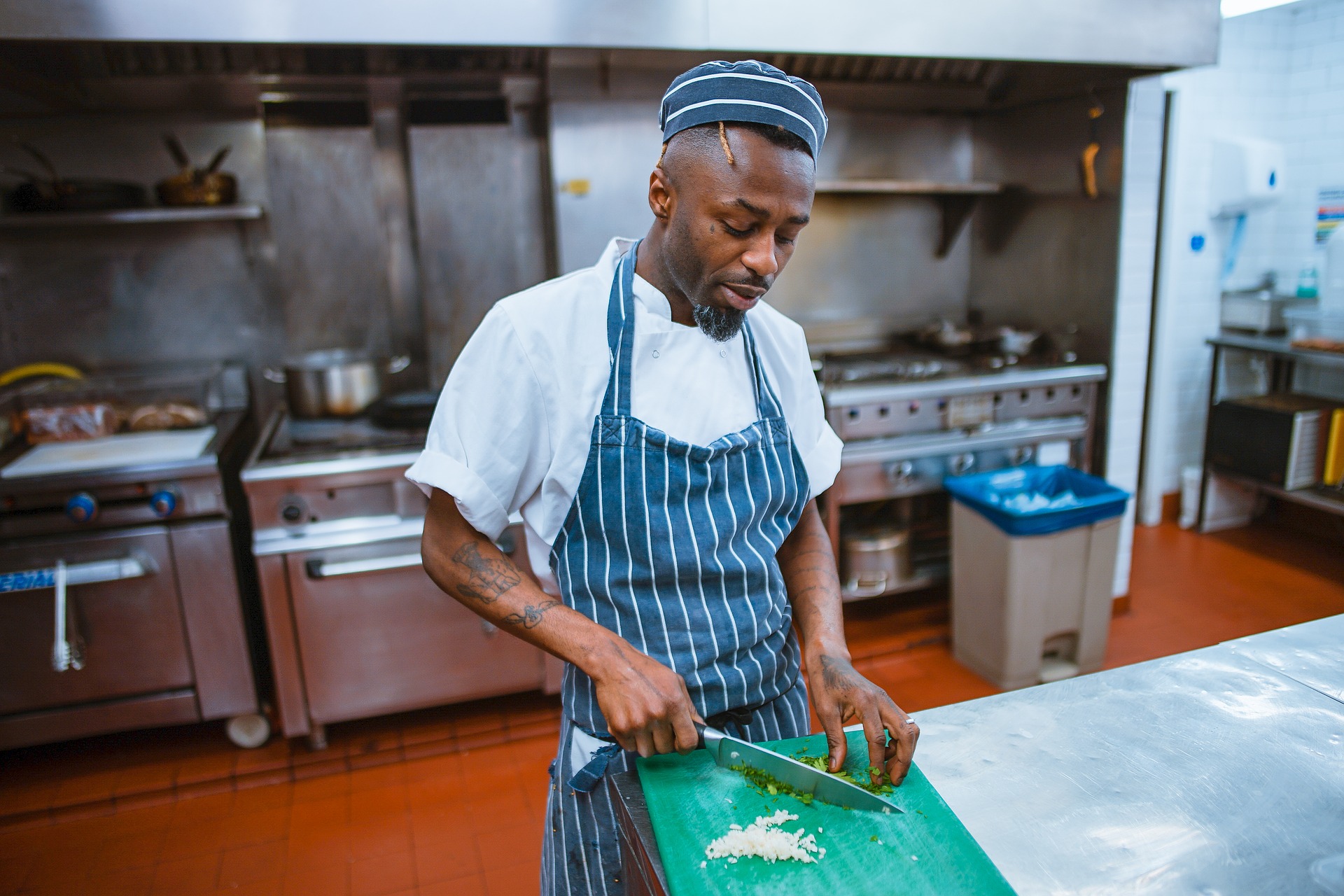
A clean kitchen is a kitchen that keeps people from getting sick. It’s also a sign that you won’t end up with flavors that don’t mesh well messing with your food, or worse, find wildlife in your dinner. If it doesn’t look clean, it’s not clean. If it doesn’t smell clean, it’s also not clean. Don’t mess with unclean restaurants, please!
Food Practices
Would you ever want to pay to eat a meal that’s been sitting out on a counter for half an hour? I’m willing to guess you wouldn’t. Yet, a lot of restaurants do this on a regular basis. Many restaurants also store vegetables with meats, mix cutting boards, and use microwaves to reheat foods.
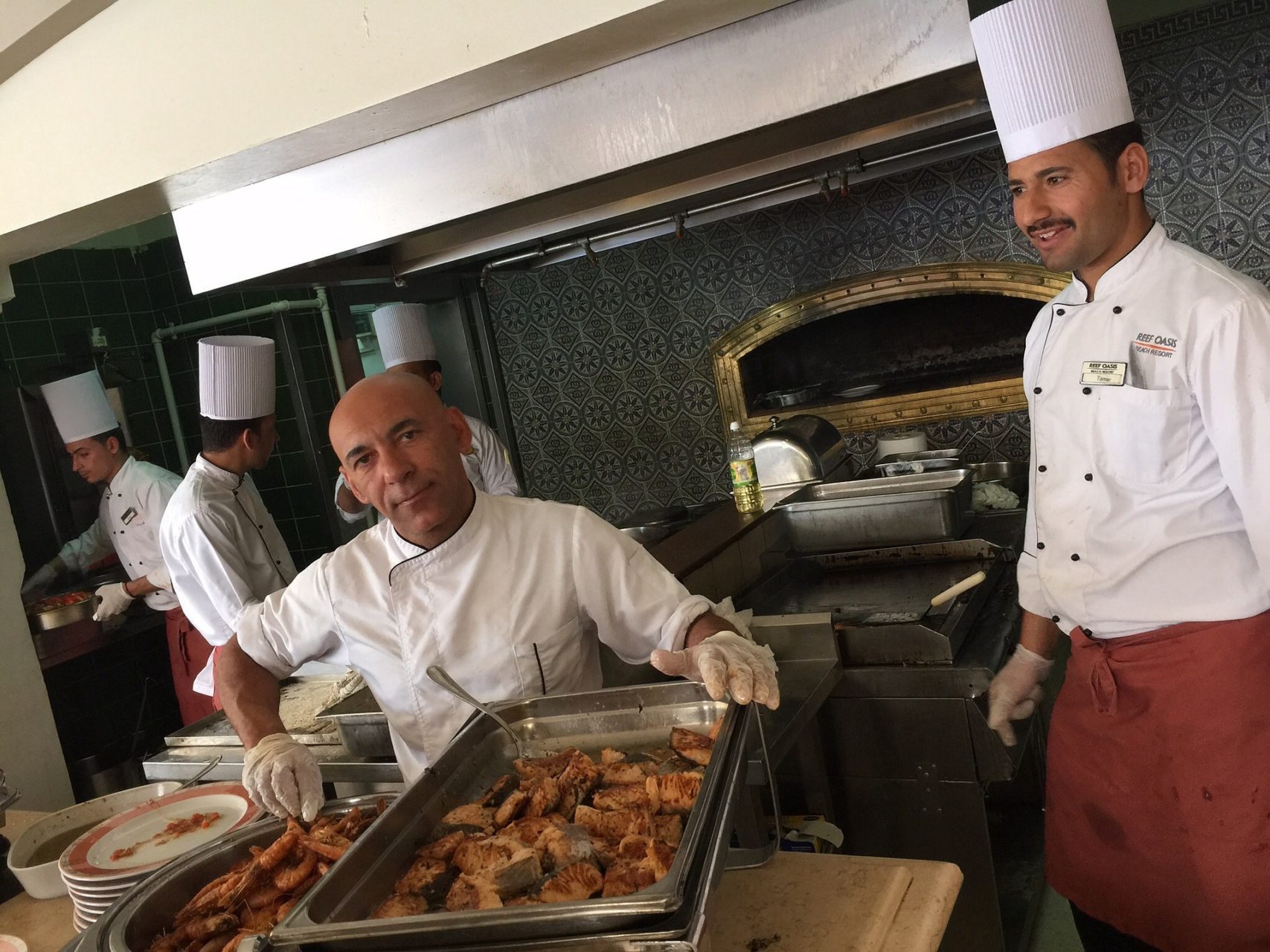
This. Is. Not. Okay. At best, you’re paying $10 or more for a microwave meal. At worst, you are putting your health at risk. Cooking food safely and serving it immediately is crucial to a restaurant’s value. If it’s not cooked properly, it’s not something you should ever eat.
Temperature
Here’s a good way to determine whether the kitchen’s doing its job properly: check out the temperature of the food that you’re being served. Hot meals should be hot, cold meals should be cold, and sushi should be room temperature.
Unevenly heated food is a telltale sign of microwaving, which is never acceptable. If you’re unsure of ingredient freshness, check out the mozzarella. Mozzarella should be room temperature, not chilled. Chilled mozzarella is a sign of improper food storage that can detract from flavors you want to taste.
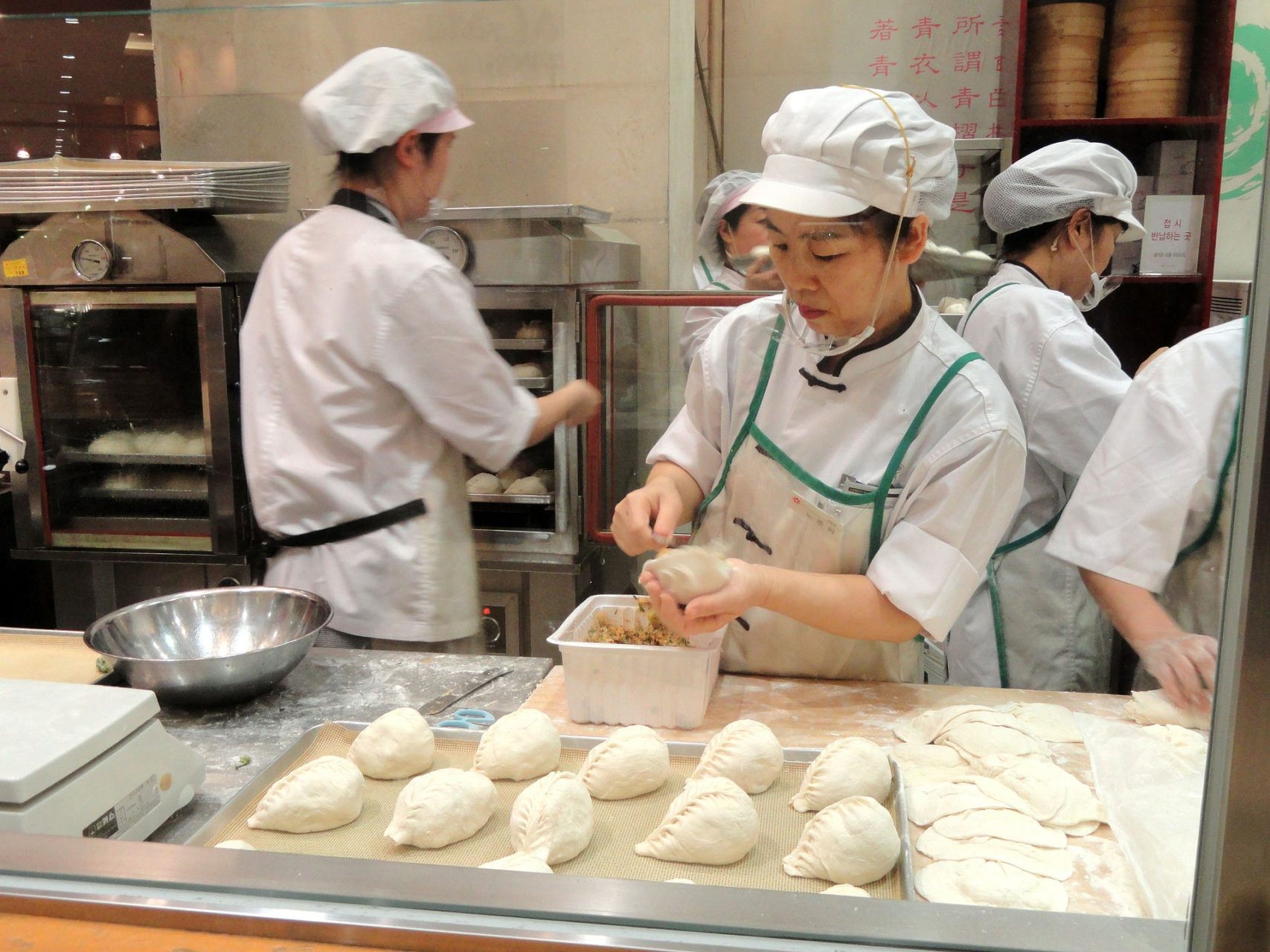
Teamwork
Kitchens, by nature, are very chaotic. There’s a lot of food being prepped, a lot of people running around, and things that need to be done. That’s why it’s so important (and impressive) to see a kitchen that runs like a well-oiled machine.
Kitchens that don’t have effective teams are kitchens that make disastrous food. I’ve personally witnessed screaming matches behind the scenes, as well as literal food fights. Needless to say, I was rightfully leery of actually eating anything on the menu.
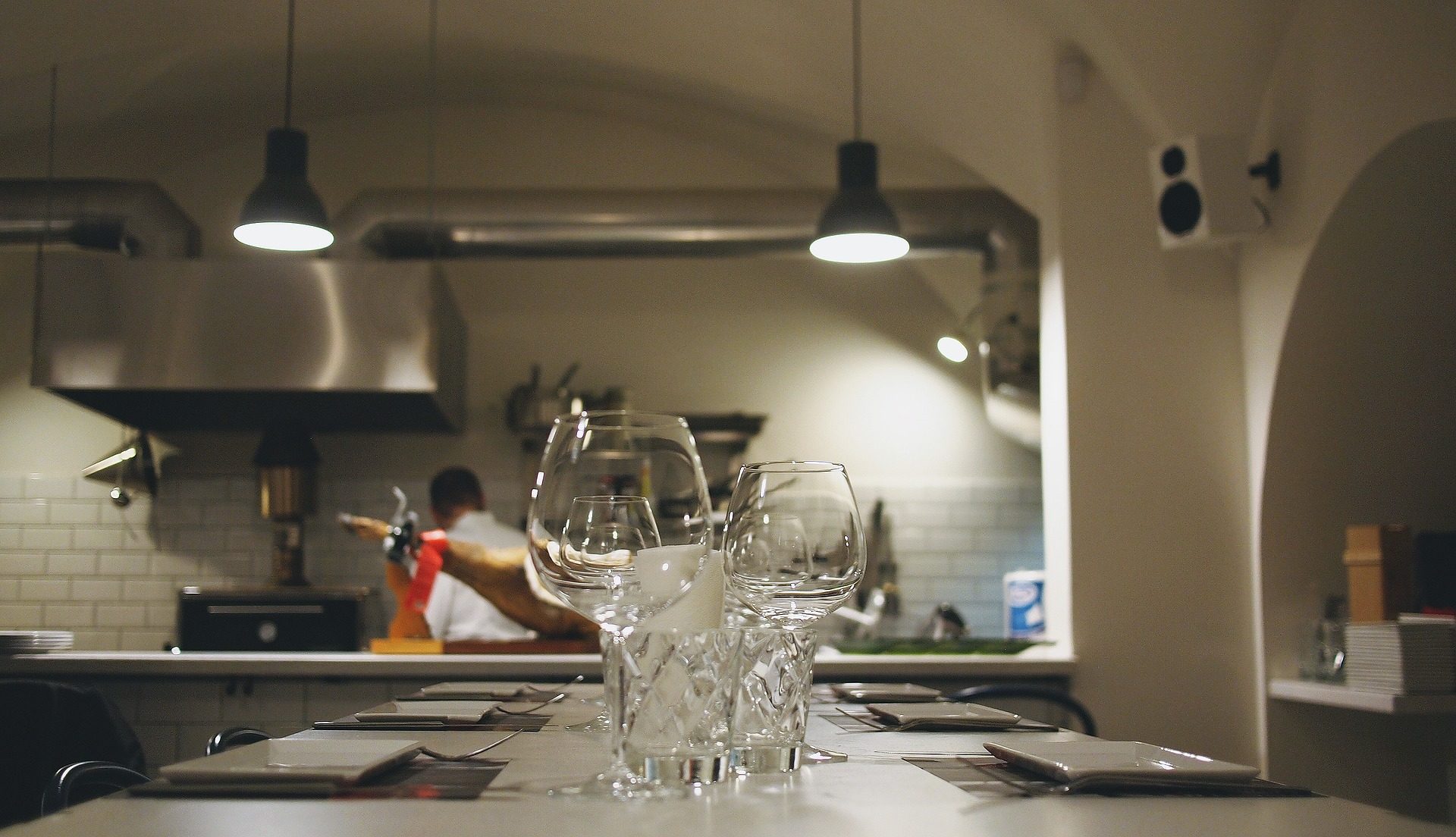
My Bottom Line
The kitchen is the most important room in any restaurant. If things aren’t working out well there, you should never eat at that venue. If you want to play it safe, stick to venues that have a visible window into the kitchen. You can’t hide anything from clients if they can watch you!